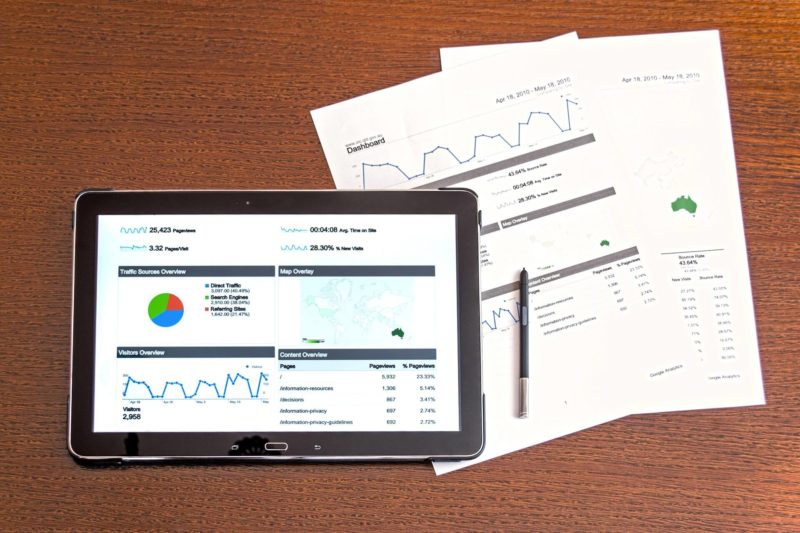
I confess, I love marketing data. And charts. Lots and lots of charts!
Around this time every year, I am never disappointed with the abundance of marketing data available, from holiday takeaways to annual reviews and trends.
But inevitably, some of the data is really quite misleading. It’s not necessarily the fault of the organization reporting the data, but rather the type of measurement itself.
Take, for example, this chart from Adobe Analytics:

The results are likely driven, in part, because so many still use single-source attribution, with most using last-touch attribution. Single-source attribution gives all visits, conversions or sale credit to only one marketing channel, and last-touch attribution gives the credit to the last channel interaction a person had with your site prior to the visit, conversion or sale.
In October 2017, AdRoll and eConsultancy released a survey indicating that 44 percent of respondents still use last-click attribution (more than any other method), and 39 percent use first-click attribution.

While so many marketers still use single-touch attribution, it’s long been considered an inaccurate method for reporting.
In March 2012, Slingshot SEO analyzed data and found that using last-touch attribution could devalue organic search’s contribution by as much as 77 percent. The challenge with last-touch attribution for organic search is that it’s often diminishing the true contribution that organic search has made over the course of the buyer journey.
Last week, I gave a webinar, and, curious about my own data, I thought I’d check how various channels fare across last touch and assisted touch as it relates to conversions:

So, for SEOs, what does all of this mean? The danger lies in relying on last-touch attribution as the sole measure of success for a particular channel, including organic search. So, how can you move from last-touch to multi-touch attribution and give organic search the credit it deserves?
The first step is to set up goals in Google Analytics and to try the Attribution Modeling tool. This allows you to compare models and see how organic search is contributing to meeting your goals, such as lead generation. Ultimately, though, we’d like to measure return on investment (ROI), and to do that, we need to connect not just with lead generation tracking data but also with revenue. To do that, we need access to our customer relationship management (CRM) tool, where sales and contract values should ultimately be tracked.
CRM tools like Salesforce.com provide one lead source field, leaving the marketing and sales teams to decide if the field should be updated with every subsequent conversion (last touch) or just on the conversion action (first touch):

With Salesforce, campaigns can be used to track leads/contacts from organic search. Campaigns track to opportunities, which track to sales and revenue. Using campaigns, at a glance, you can identify which marketing channels contributed to your overall revenue.
Here’s an example showing how I set up an organic search campaign in Salesforce.com:

The campaign’s summary information at the top shows how many opportunities were influenced by members of this campaign and the value of those opportunities. This allows us to understand the revenue contribution of organic search.
There are limitations to this method, however, as multiple organic touches will not necessarily register. But showing the contribution organic search makes to revenue is a more powerful metric than rankings alone.
The post Tracking the ROI of organic search for B2B appeared first on Search Engine Land.
No comments:
Post a Comment